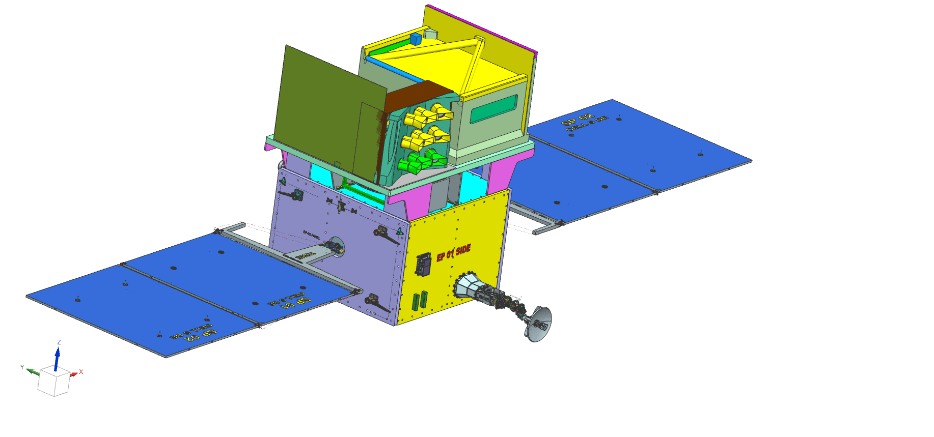

The TRISHNA (Thermal Infra-Red Imaging Satellite for High-resolution Natural Resource Assessment) mission, a collaborative endeavor between ISRO and CNES, is engineered to deliver high spatial and high temporal resolution monitoring of Earth’s surface temperature, emissivity, biophysical and radiation variables for surface energy budgeting at regional to global scale. This mission addresses critical water and food security challenges, focusing on the impacts of human-induced climate change and efficient water resource management through evapotranspiration monitoring.
TRISHNA’s primary objectives include detailed monitoring of the energy and water budgets of the continental biosphere for quantifying terrestrial water stress and water use and high-resolution observation of water quality and dynamics in coastal and inland waters. In addition, as secondary objectives, the TRISHNA mission will also help in a comprehensive assessment of urban heat islands, detection of thermal anomalies linked to volcanic activity and geothermal resources, and precise monitoring of snow-melt runoff and glacier dynamics. The mission will also provide valuable data on aerosol optical depth, atmospheric water vapor, and cloud cover.
Image Credit: ISRO